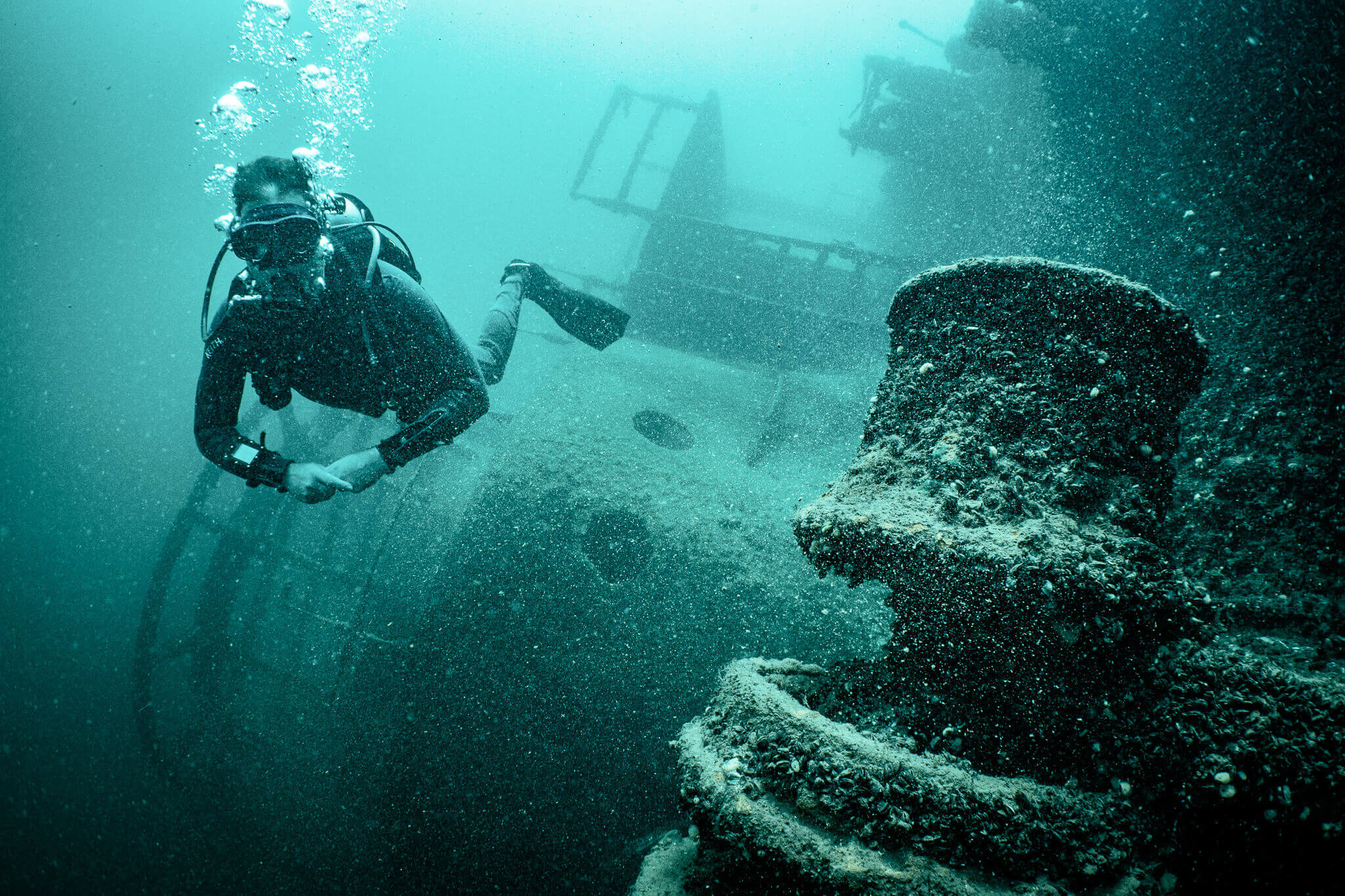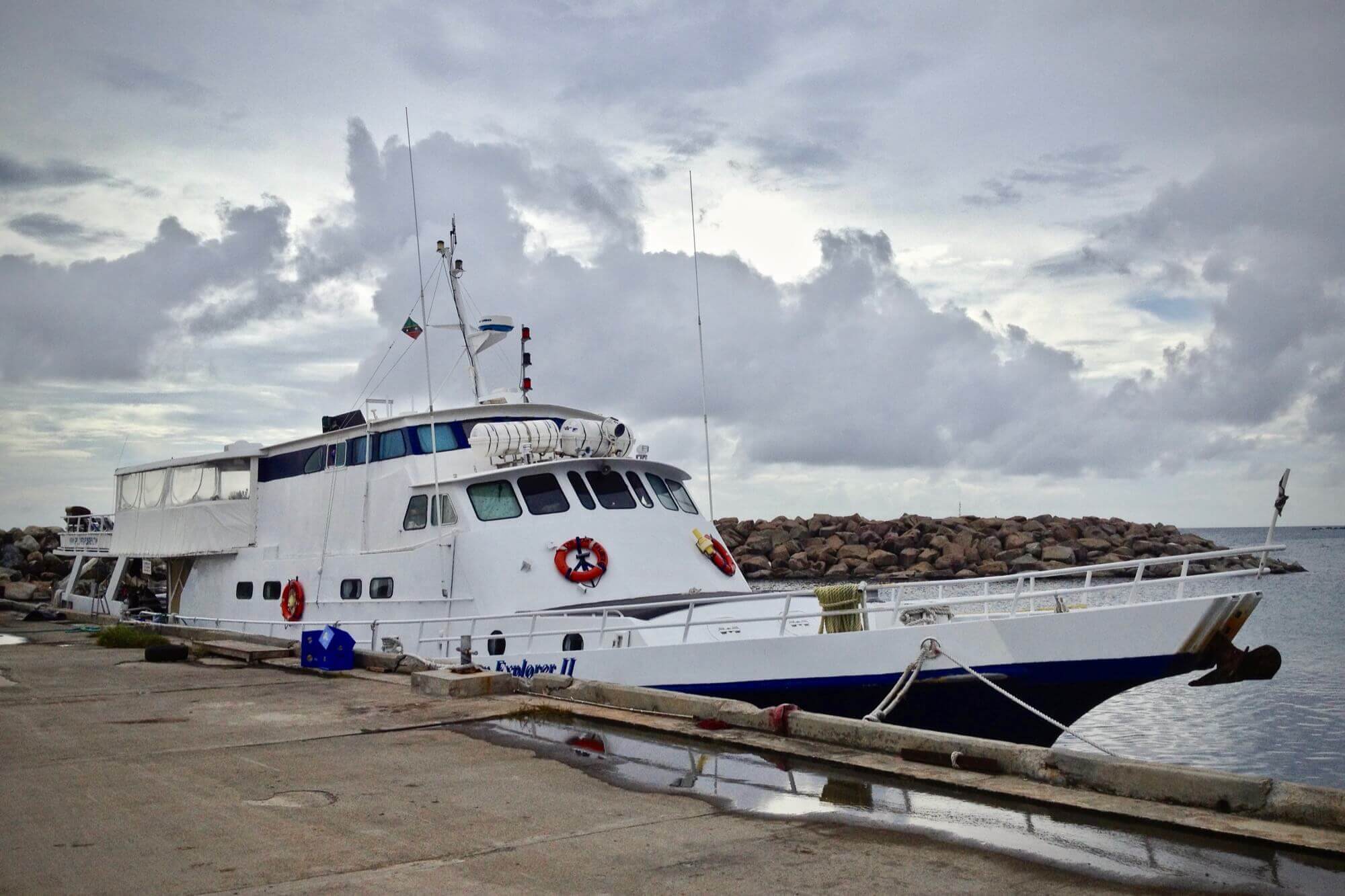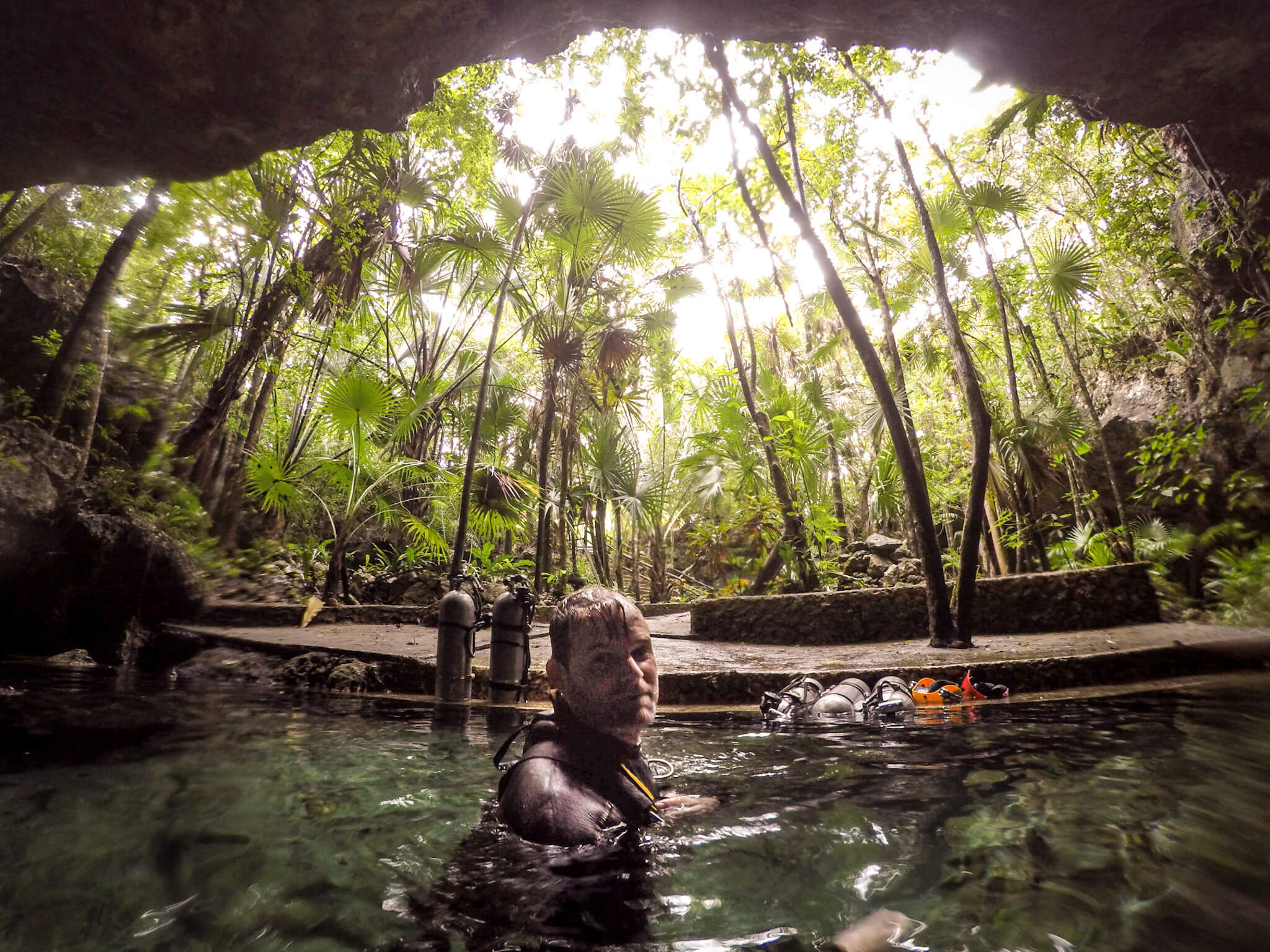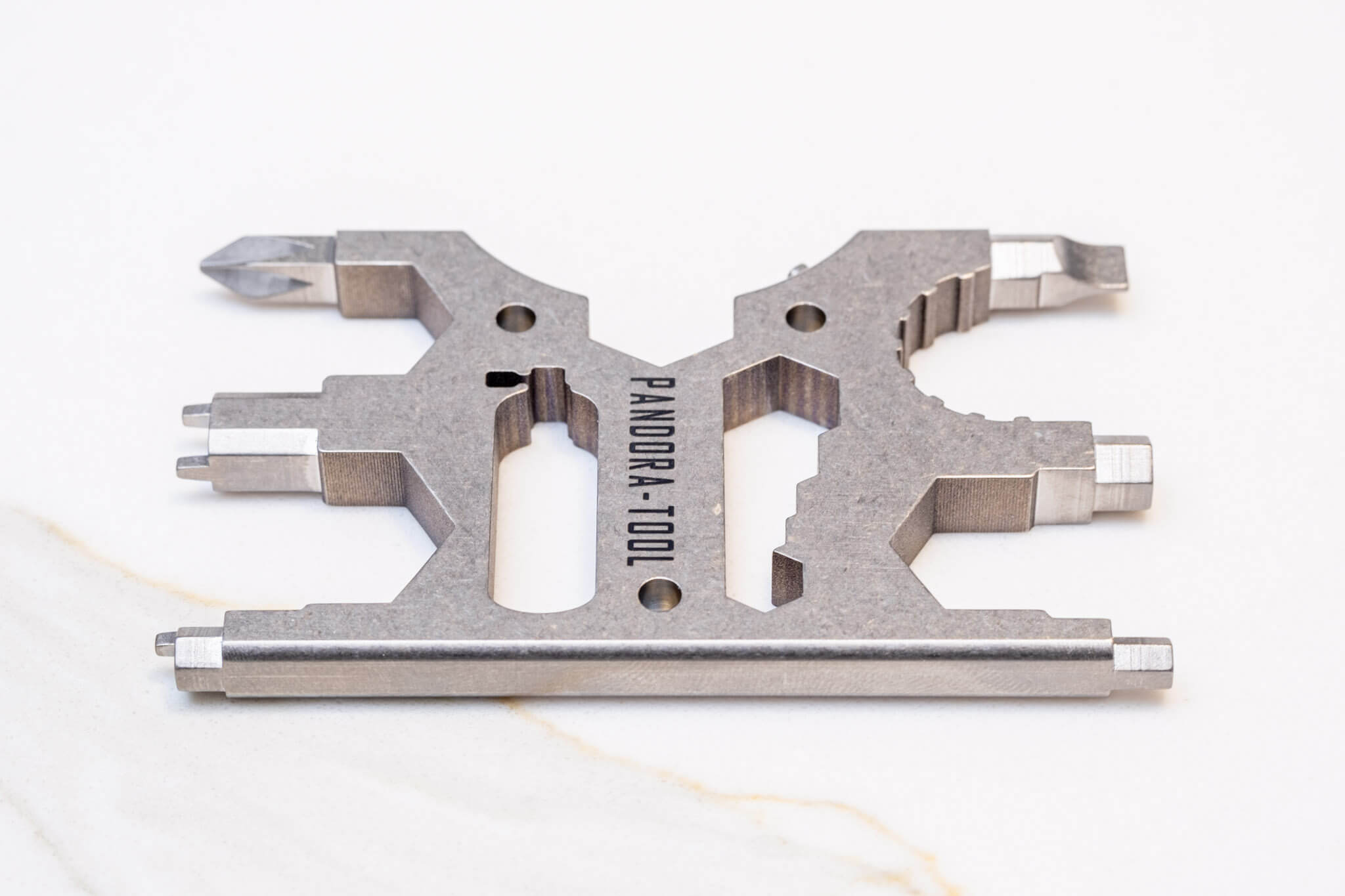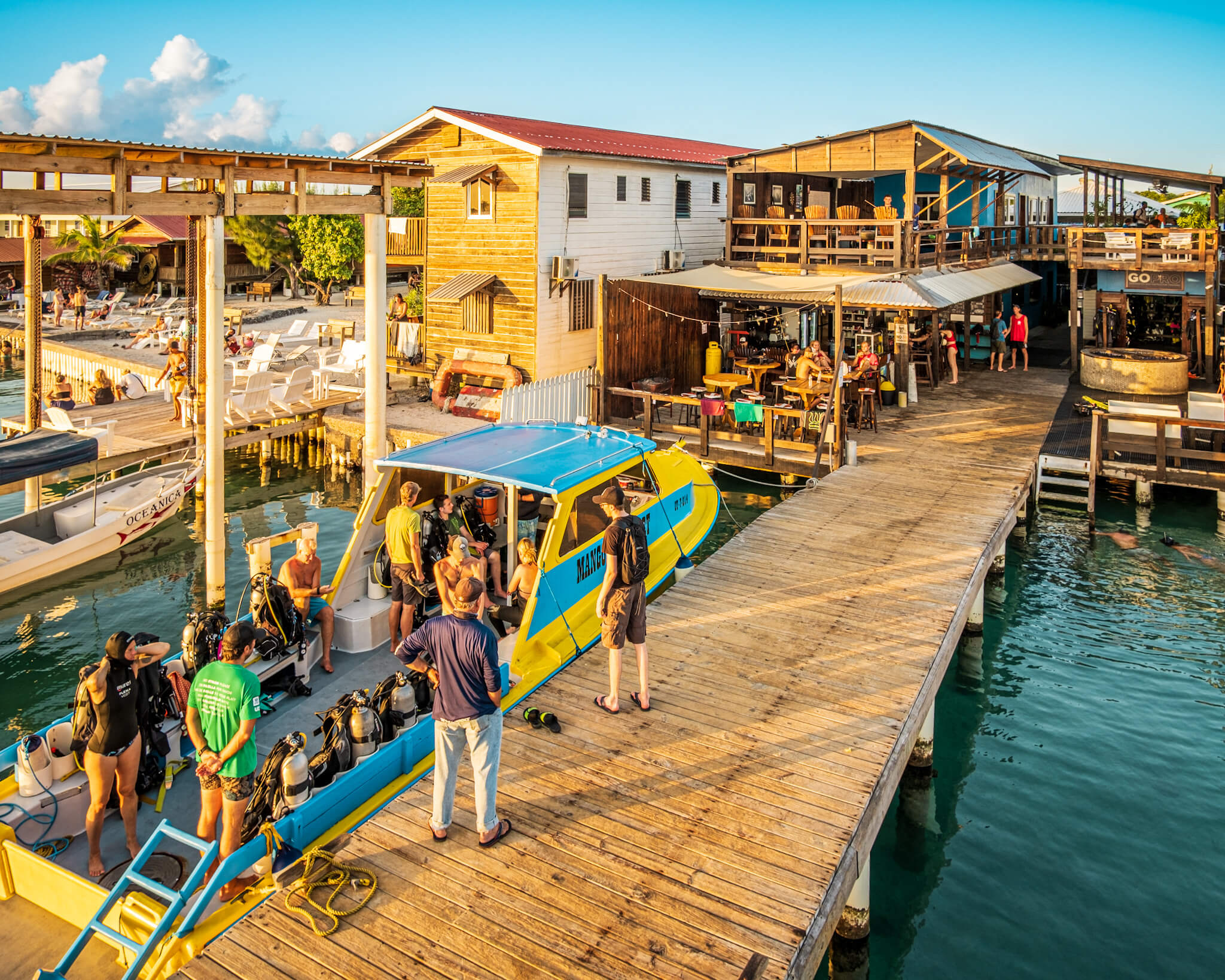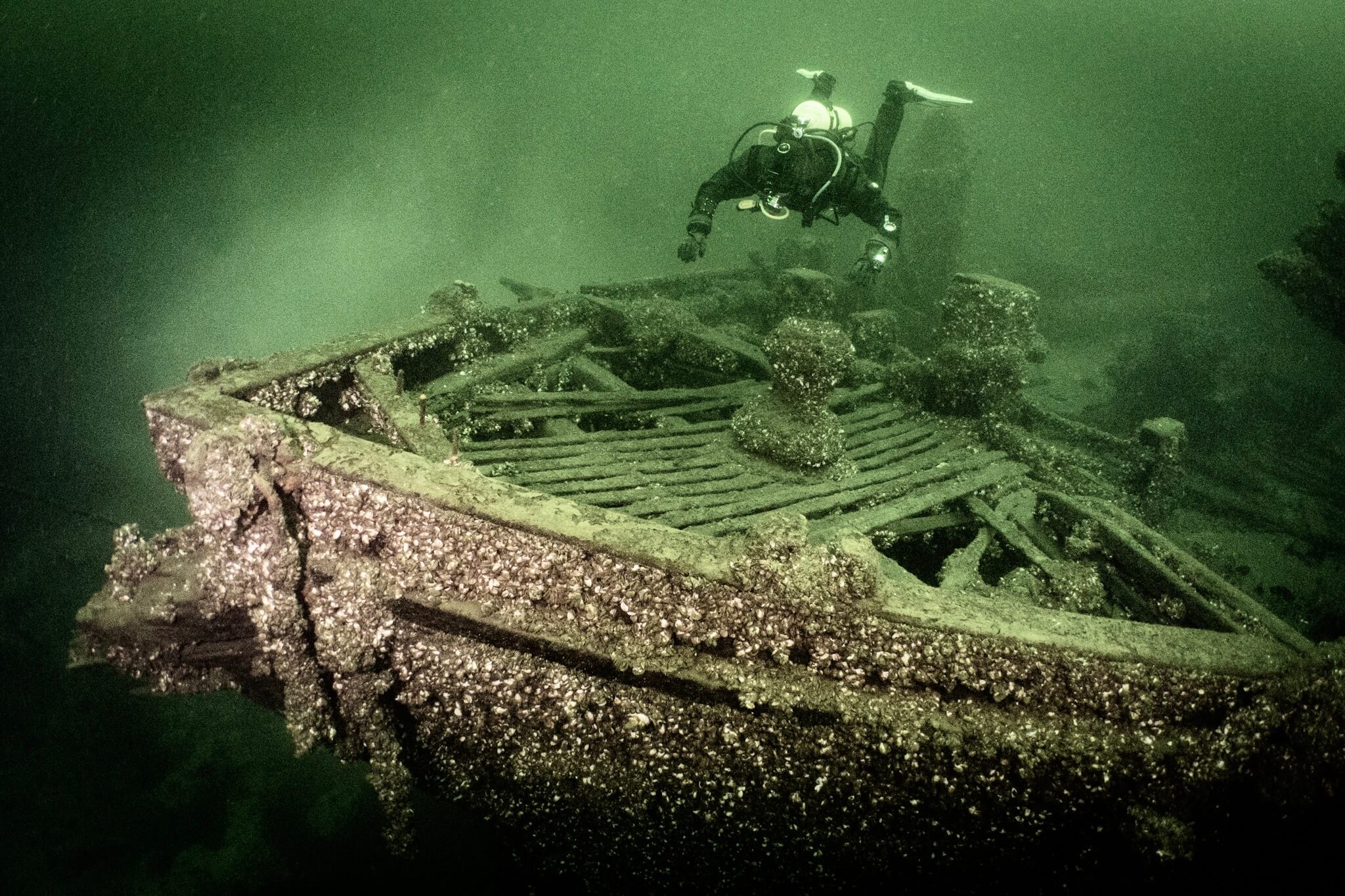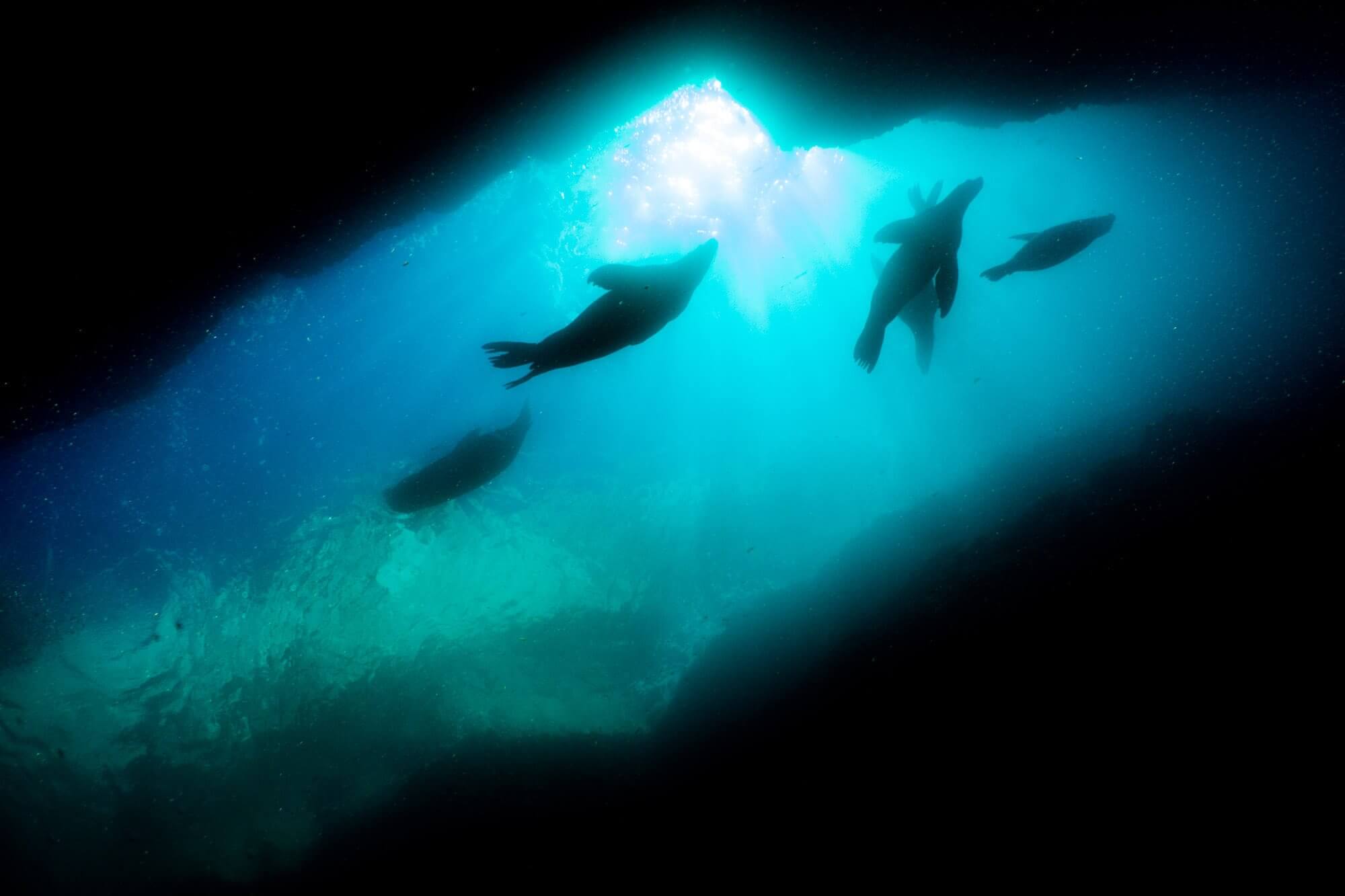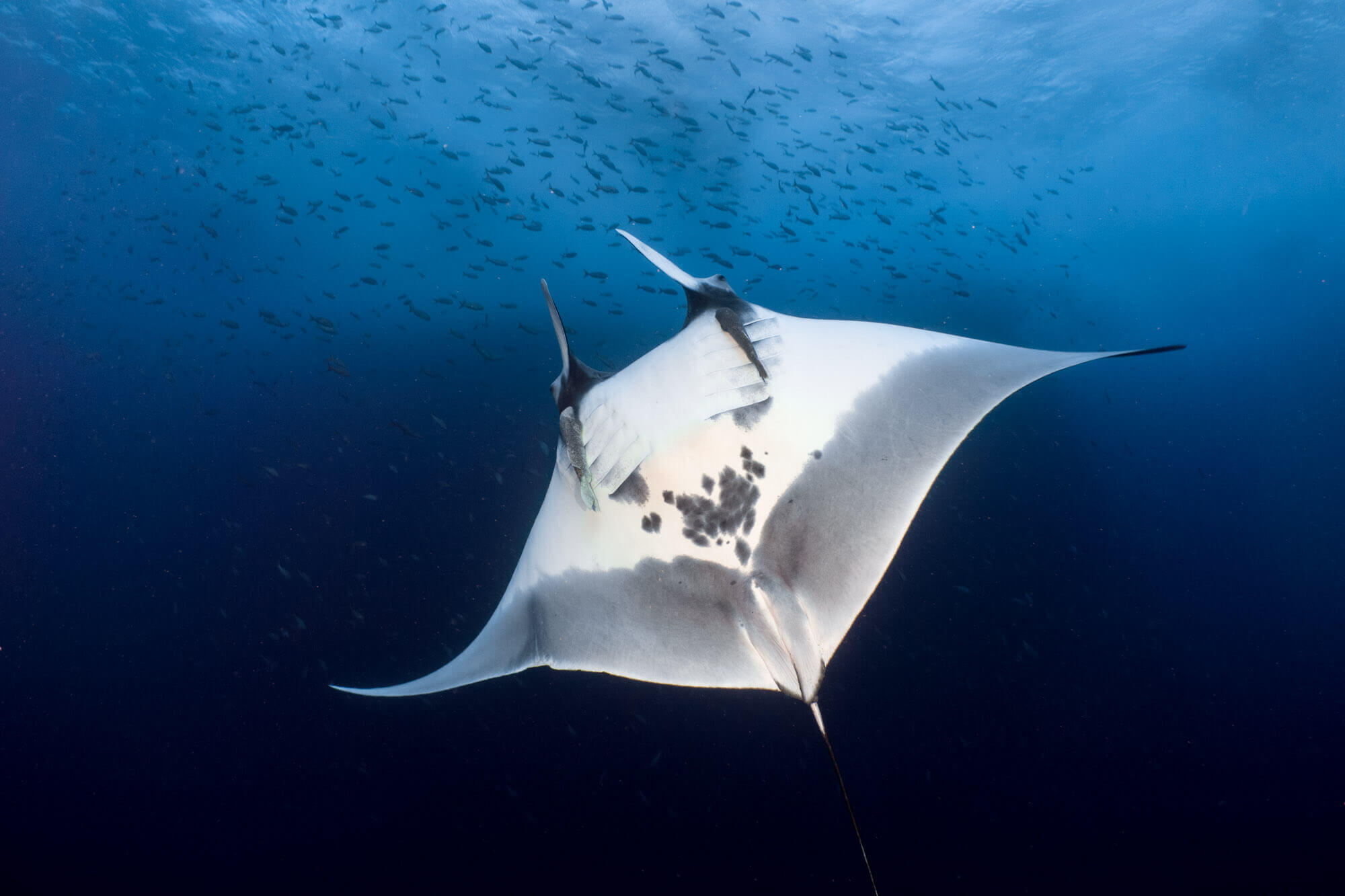-
On a scuba liveaboard, you eat, sleep and dive for a week without ever touching land. They’re the perfect way to do a lot of scuba diving with ease and comfort. If you’re planning your first liveboard trip, we share some tips for preparing for your scuba liveaboard.
-
A cenote is a natural pit or sinkhole, resulting from the collapse of limestone bedrock that exposes groundwater, found throughout the Yucatán Peninsula in Mexico. Some are large, open-water pools while others are small cracks in the earth. The cenotes were the water source for the ancient Maya; today they’re a popular tourist attraction for…
-
As a scuba instructor, I need to make sure my scuba gear is working perfectly, and I need to be ready to help students with any issues they may encounter with their gear. Read my review of the Pandora Tool v3.0, which I truly think is the best scuba multi-tool on the market.
-
New scuba divers almost invariably ask ”what’s next?” Ideally, new scuba divers should start diving and get experience (within their limits and with appropriate local briefings/guides). But for many divers, it’s hard to travel regularly for scuba. Further scuba training can help fill that gap, and hopefully open the door to local, cold-water scuba diving.
-
After working in digital marketing for 15 years, I have decided to retire from the corporate world and go on a permanent adventure. I’m not exactly sure what to call this new phase, because I’m purposefully keeping all doors open and seeing where opportunity takes me. I have a starting point, but not an end…
-
The Great Lakes are the largest group of freshwater lakes on Earth by total area, so it should be no surprise that they offer some best shipwreck scuba diving. Frequent sea-like conditions with rolling waves and sustained winds made shipping challenging, and a number 19th century schooners sank at just the right depth to be…
-
Our top 3 unusual places to scuba dive When we think about where to scuba dive, we usually think about warm, tropical waters, full of coral, fish and sea turtles. Maybe scuba diving with sharks if you’re adventurous. But there are also other, more unusual places that you can go scuba diving. You just have…
-
It’s been a dream of mine to dive with sea lions. So finding ourselves in Cabo San Lucas after a dive trip to the Socorro Islands, we had the perfect opportunity to find sea lions. Beyond sea lions, the other dive sites at Cabo San Lucas are worth a day or two of diving.
-
The Socorro Islands is a scuba diving paradise in the Pacific Ocean, 390 km southwest of Cabo San Lucas. Its known for its large animal life, including giant oceanic mantas, 10 species of (friendly) sharks, large schools of fish, whale sharks, dolphins and yellowfin tuna.
